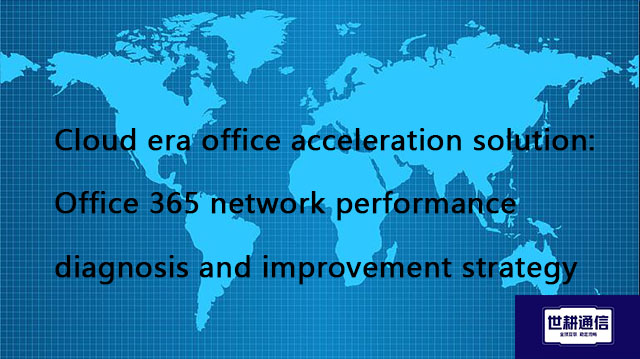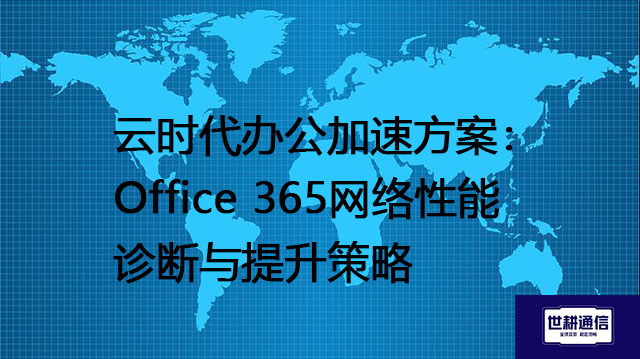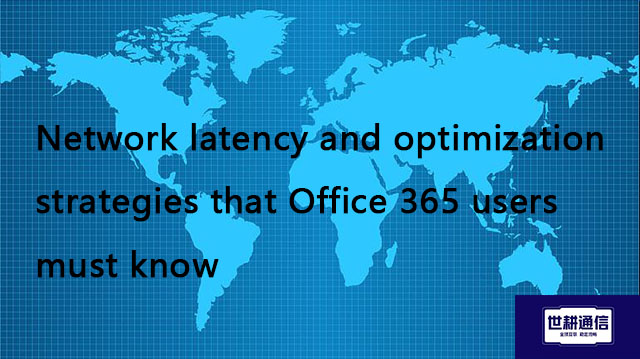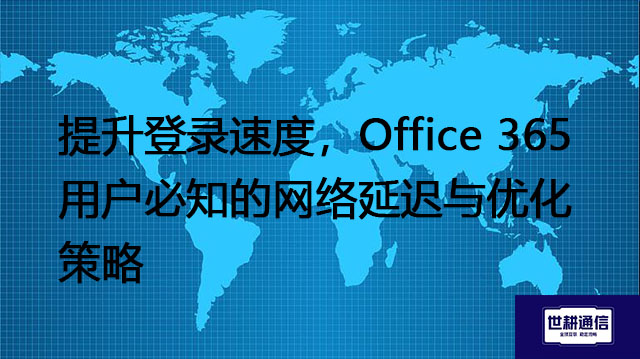Global Server Acceleration//Global IPLC service provider of Shigeng Communication
一、Under the dual drive of globalization and digitization, the demand for low latency and high availability networks from enterprises has reached unprecedented heights. Whether it's cloud collaboration for multinational corporations, real-time financial transactions, or emerging applications such as metaverse and cloud gaming, they all rely on efficient global server acceleration technology. According to statistics, for every 1 second increase in webpage loading time, the conversion rate decreases by 7%, and the delay in cross-border data transmission remains one of the main bottlenecks hindering global business expansion.
This article will discuss the latest technologies, industry applications and future trends of global server acceleration, and reveal how it reshapes the global Internet infrastructure.
1. The core technology of global server acceleration
The Evolution of Content Delivery Networks (CDN)
Traditional CDNs mainly cache static content (such as pictures and videos), while modern CDNs have evolved to dynamic acceleration and edge computing:
Edge caching: AWS CloudFront, Cloudflare and other vendors deploy thousands of nodes worldwide to ensure users have access nearby.
Dynamic content optimization: Reduce dynamic API request latency through TCP optimization, Brotli compression, and 0-RTT (QUIC protocol).
Edge computing: Cloudflare Workers, AWS Lambda@Edge Allow code to execute at the edge, reducing latency back to source.
2. Intelligent routing and load balancing
Anycast technology: Mapping the same IP address to multiple servers and automatically selecting the optimal path.
AI driven traffic scheduling: Google's B4 network uses machine learning to predict congestion and optimize cross ocean traffic.
Multi protocol support: HTTP/3 (based on QUIC) reduces TCP header blocking and improves transmission efficiency in weak network environments.
3. New transmission protocols and hardware acceleration
QUIC protocol: Google, Facebook, and others have fully adopted it, reducing handshake time by over 50%.
BBR congestion control: an algorithm developed by Google that significantly improves bandwidth utilization.
Smart Network Card (DPU): NVIDIA BlueField and AWS Nitro offload network processing tasks to reduce CPU load.
2. Industry applications and commercial value
1. Financial technology: the key to millisecond level trading
High frequency trading (HFT): Optimize the London Tokyo link, reducing latency from 210ms to 83ms.
Cross border payments: Alipay and Stripe rely on a global acceleration network to ensure real-time clearing.
2. Cloud gaming and real-time interaction
NVIDIA GeForce NOW: relies on global edge nodes to ensure input latency<50ms.
Meta Horizon Worlds uses CDN+edge computing to reduce the synchronization delay of the virtual world.
3. Global operation of enterprises
SaaS services: Zoom and Slack ensure smooth cross-border meetings through global acceleration nodes.
E-commerce globalization: Alibaba International Station adopts intelligent CDN, reducing access latency for European users by 60%.
3. Future Trends and Challenges
1. Future technological directions
Space Earth Integrated Network: Low Earth Orbit Satellites such as Starlink and OneWeb provide global coverage, filling the gap in remote areas.
Quantum Communication: China's "Beijing Shanghai Main Line" has achieved 4600km of quantum encrypted transmission, which may be used for financial level acceleration in the future.
AI self optimized network: DeepMind has experimented with using AI to optimize energy efficiency in Google data centers, similar technology or for global routing decisions.
2. Main challenges
Data sovereignty and compliance: GDPR and Chinese data security laws require data localization, increasing architectural complexity.
Energy consumption: Global data centers consume 2% of the world's electricity and require more efficient cooling and renewable energy solutions.
Network attack risk: DDoS attack peak has exceeded 3Tbps (Cloudflare, 2023), and stronger security protection is needed to accelerate the network.
Conclusion: Accelerating technology determines the future of the digital economy
Global server acceleration has evolved from simple "bandwidth optimization" to a comprehensive network architecture that is intelligent, secure, and low latency. With the maturity of 6G, quantum communication and AI networks, transcontinental 10ms ultra-low delay transmission may appear in the next decade, which will completely change the global Internet experience.
If enterprises want to take advantage in the global competition, they must incorporate the server acceleration strategy into the core infrastructure planning, combine edge computing, intelligent routing and new protocols, and build a truly borderless digital service network.
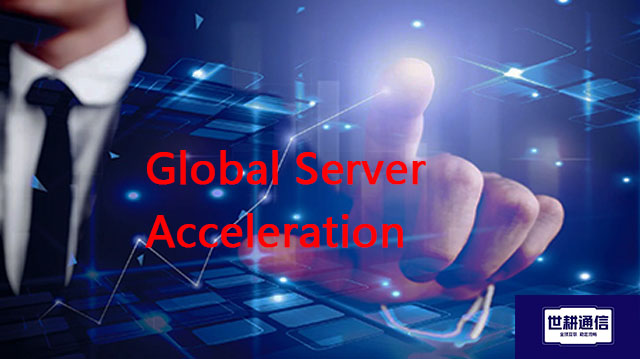
二、Shigeng Communication Global Office Network Products:
The global office network product of Shigeng Communication is a high-quality product developed by the company for Chinese and foreign enterprise customers to access the application data transmission internet of overseas enterprises by making full use of its own network coverage and network management advantages.
Features of Global Application Network Products for Multinational Enterprises:
1. Quickly access global Internet cloud platform resources
2. Stable and low latency global cloud based video conferencing
3. Convenient and fast use of Internet resource sharing cloud platform (OA/ERP/cloud storage and other applications
Product tariff:
Global office network expenses | Monthly rent payment/yuan | Annual payment/yuan | Remarks |
Quality Package 1 | 1000 | 10800 | Free testing experience for 7 days |
Quality Package 2 | 1500 | 14400 | Free testing experience for 7 days |
Dedicated line package | 2400 | 19200 | Free testing experience for 7 days |


